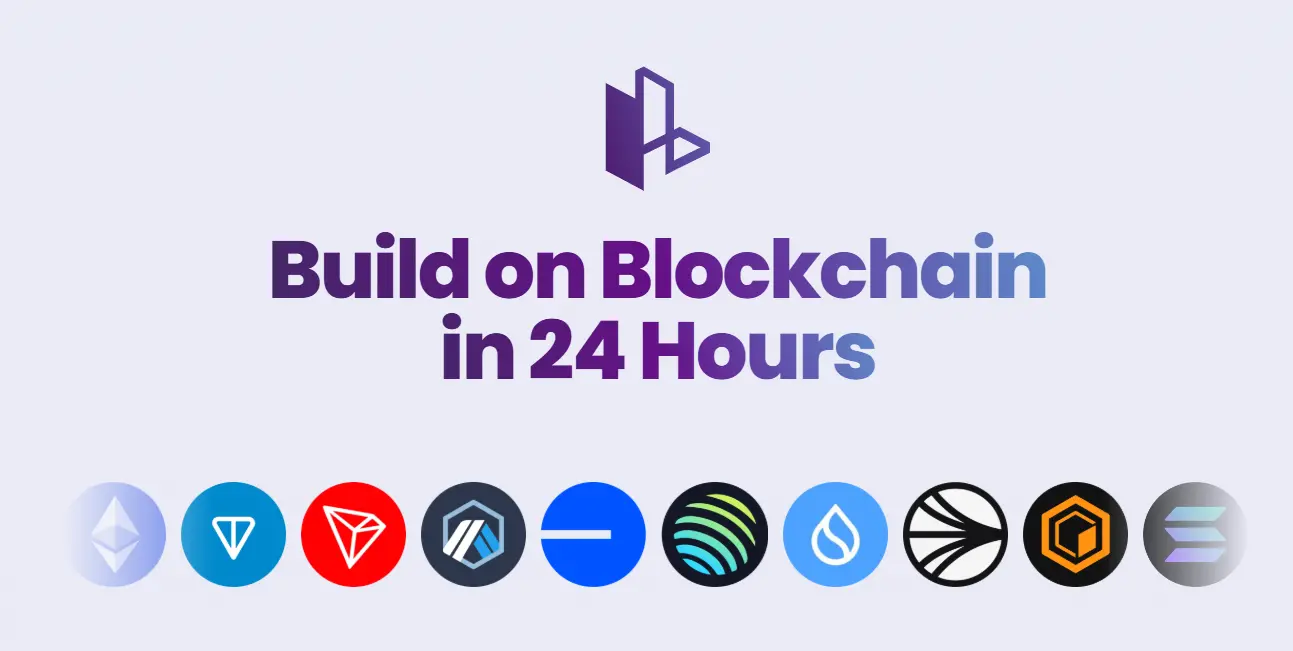Nerve officially connects with Heco, achieving cross-chain interoperability with multi-chain assets such as ETH and BSC
NerveNetwork has officially connected with the Huobi Eco Chain (Heco) public chain, allowing users to transfer ERC20/ETH, BEP20/BNB, NULS/NRC20, and NULS parallel chain assets registered on the Huobi ECO chain to Heco, participating in various applications on the Heco chain.
The support for Heco is of great significance for both the Nerve project and Heco. After the launch of Nerve on the Heco mainnet, it will be the first to support the cross-chain transfer of assets from the ETH ecosystem, BSC ecosystem, and NULS ecosystem, which will bring a wealth of assets and ecological projects to Heco's development.
NerveNetwork is committed to building a decentralized bridge for digital asset cross-chain interoperability. For each blockchain integrated, a set of interface protocol components needs to be implemented for data interaction between the two chains. Fifteen virtual bank nodes are selected from the consensus nodes to create and manage multi-signature addresses (smart contracts). The virtual banks are responsible for verifying asset transfers and executing withdrawal operations. The virtual bank nodes will be undertaken by the top 15 nodes with the highest amount of staked assets on the NerveNetwork chain, ensuring the secure operation of the network.
Taking the Heco chain as an example, Nerve Network will first issue a multi-signature smart contract on the Heco network, which is used to hold assets on the Heco chain. When assets are transferred cross-chain into the Nerve network, the actual assets are locked in this multi-signature contract. To utilize the assets in the multi-signature contract, signatures from the virtual banks of the Nerve network are required, ensuring decentralized and secure asset management. When assets are transferred back from the Nerve ecosystem to the Heco network, the consensus of Nerve requires all virtual bank nodes to sign and unlock the assets in the contract to the target address, completing the asset return operation.
According to data from the block explorer, the current mainstream asset volume on the Nerve mainnet has exceeded 100 million USD, supporting several public chains with the best development momentum, including ETH, BSC, Heco, and NULS.
In terms of asset cross-chain, the most concerning issue for users is asset security. Nerve adopts a design that creates a multi-chain interoperability bridge at the blockchain level, which simplifies business functionality logic, enhances security, and achieves low-cost high-efficiency operations. The Nerve network implements a three-layer network node consensus mechanism of POC+BFT to achieve 2-second confirmations, with on-chain transaction fees being almost negligible. Additionally, the multi-signature asset management smart contracts of Nerve's virtual banks on ETH, BSC, and Heco have undergone security audits by Slow Mist, and at the launch of the Nerve mainnet, the cross-chain management module of the Nerve mainnet has completed a security audit by Chain Security.
We look forward to deep cooperation and mutual development with projects in the Heco ecosystem. Regardless of whether the project's assets are on ETH, BSC, Heco, or NULS, NerveNetwork can facilitate the decentralized transfer of assets to other networks. If you have such needs, please feel free to contact us.
Finally, with the combination of Nerve and Heco, we hope to create some wonderful sparks!








